Materials Science
-
 Materials Science
Materials ScienceScientists Say: Zirconium
Zirconium is a metal that knows the meaning of tough. It’s so heat resistant that it’s used for molds to shape melted metals, and so radiation resistant that it coats nuclear reactors.
-
 Materials Science
Materials ScienceThis bandage uses electrical zaps to heal wounds faster
Scientists have invented a bandage that helps wounds heal faster by zapping them with electricity. The patient’s own motions power this device.
By Ilima Loomis -
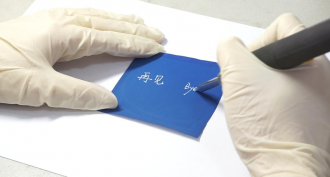 Chemistry
ChemistryThis rewritable paper depends on disappearing ink
Scientists have made a new rewritable paper that can hold text and images for at least six months. It also can be reused more than 100 times.
-
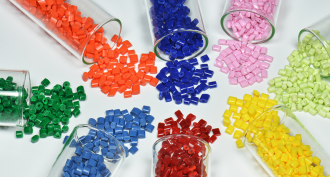 Materials Science
Materials ScienceSome plastics learn to repair themselves
A new material can fix its own scratches and small cracks. One day, it also may make self-healing paints and plastics possible.
-
 Tech
TechSuper-water-repellent surfaces can generate energy
Scientists knew they could get power by running salt water over an electrically charged surface. But making that surface super-water-repellent boosts that energy production, new data show.
By Ilima Loomis -
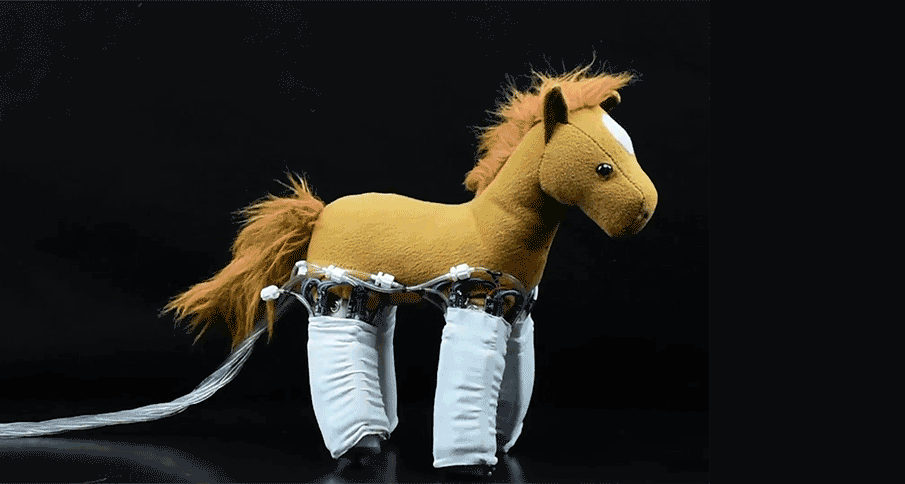 Tech
TechSoft robots get their power from the skin they’re in
A flexible electronic “skin” embedded with air pouches or coils can wrap around inanimate objects, turning them into handy robots.
-
 Materials Science
Materials ScienceAdhesive from trees could make tape more eco-friendly
The stuff that makes your tape sticky comes from fossil fuels. Now scientists have used tree wastes to engineer a “greener” tape adhesive — one kinder to the environment.
-
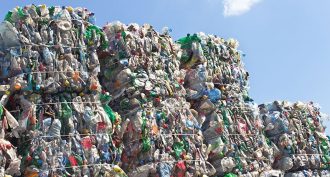 Materials Science
Materials ScienceThis plastic can be recycled over and over and over
A new kind of plastic is fully recyclable: Unlike current plastics, it breaks down into the exact same molecules from which it was made.
-
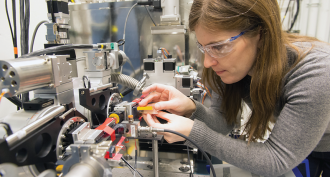 Physics
PhysicsPhotons map the atomic scale to help medicine and more
At a big lab outside Chicago, a gigantic beam of speedy electrons is helping researchers fight diseases, build better electronics and more.
-
 Materials Science
Materials ScienceLight-sensitive ‘ink’ gives 4-D printing more wiggle room
Many 4-D-printed objects can flex and change their shape. A new “ink” and printing method now gives them greater range of motion.
By Ilima Loomis -
 Materials Science
Materials ScienceNew black hair dye uses no harsh chemicals
Scientists have developed a new black-carbon-based hair dye. Instead of using damaging chemicals to dye hair, flexible flakes of carbon coat each strand.
-
 Chemistry
ChemistryHard-to-burn ‘smart’ wallpaper even triggers alarms
Scientists have made wallpaper that won’t easily burn. And embedded nanowires can be linked to a sensor to sound an alarm when the paper gets too hot.